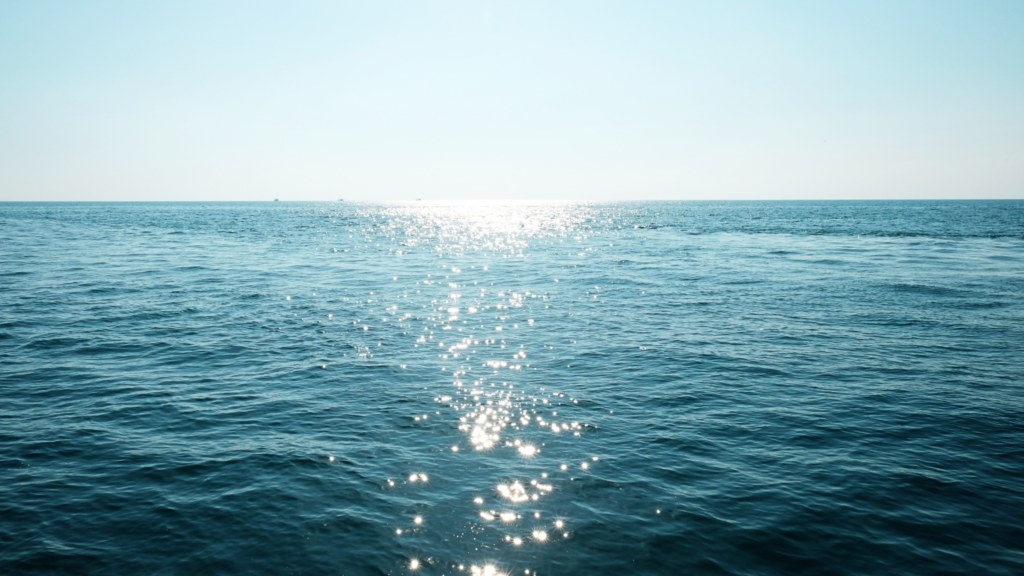As you may have learned in our previous blog post here, the ocean has immense potential to provide renewable energy. Clean baseload power technologies such as Ocean Thermal Energy Conversion (OTEC) could generate up to 10,000 terawatt-hours per year without significantly affecting the ocean’s thermal structure (source: International Renewable Energy Agency – IRENA).
This means OTEC alone could provide renewable energy for approximately 40% of the global population living within the tropical belt, which equates to over 3 billion people!
But the ocean can provide clean electricity using different technologies. OTEC, tidal and waves are clean technologies using the ocean to power the world:
- OTEC: Harnesses the temperature gradient between warm surface water and cold deep water to generate power. Works 24/7, all year round, as the temperature of the tropical ocean remains the same. OTEC systems typically have a capacity factor of 80–95%, comparable to conventional fossil fuel or nuclear plants.
- Tidal Energy: Utilises the gravitational forces of the moon and sun, harnessing the movement of tides. Tidal energy is highly predictable since it is driven by gravitational interactions between the Earth, Moon, and Sun, following regular tidal cycles. However, it is intermittent because energy generation occurs only during specific tidal movements (incoming and outgoing tides). Tidal energy systems typically have a capacity factor of 25–40%, depending on location and technology.
- Wave Energy: Captures energy from surface waves generated by wind and weather conditions, making it less predictable. While waves can provide a more continuous energy source compared to tides, they are still subject to variability due to changing wind patterns, storms, and seasonal fluctuations. Wave energy systems generally have a capacity factor of 20–40%, but this can vary significantly.
Each of these renewable energy sources has unique advantages, but OTEC stands out for its ability to deliver continuous, base-load power in tropical regions. But how does it work?
OTEC uses the temperature difference between the ocean’s warm surface water and cold deep water. Here’s how it works:
- Warm Surface Water: Warm water at the ocean’s surface heats a working fluid with a low boiling point, such as ammonia
- Evaporation: The heated fluid evaporates, creating high-pressure steam.
- Electricity Generation: The steam drives a turbine connected to a generator, producing electricity.
- Condensation: Cold deep-sea water condenses the steam back into liquid form, repeating the cycle.
This process allows OTEC to generate a continuous flow of electricity, making it a more reliable source of renewable energy for tropical regions.
Watch our explainer video to learn more:
To explore how ocean energy can power the future and contribute to a greener planet by reducing carbon emissions and promoting sustainable development, subscribe to our monthly newsletter:
Newsletter
"*" indicates required fields
read our latest news and blog posts:
- Offshore electrification through the ocean: how OTEC can provide clean baseload power 24/7 to operations at SeA
- The Baseload Power Source Almost No One Is Talking About
- Global OTEC announces world’s largest onshore OTEC demonstration plant to date
- Over a Century in the Making: A Brief Journey Through OTEC’s History
- How can we generate Electricity from the Ocean?
subscribe to our newsletter
Newsletter
"*" indicates required fields


